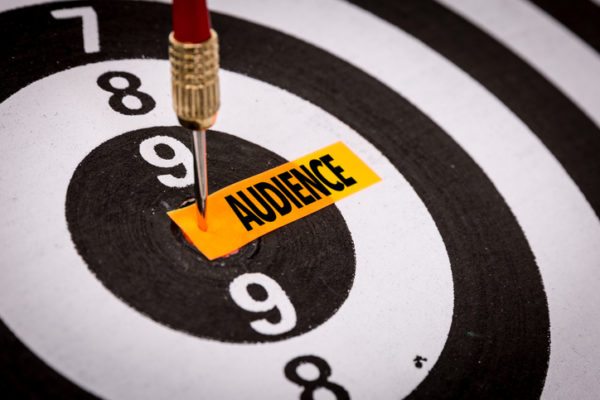A good target market analysis can help you maximize your ROI. It’s what helps small businesses compete with large ones. Put simply, it’s knowing who your target audience is; the customer or client base you will be targeting specifically to purchase your goods or services.
Identify Your Target Audience
Your immediate need is to collect as much data and details as possible so that you know your target audience’s unique needs and expectations. When you know who you are targeting, and when to target them, you increase your profitability and maximize your resources.
To help you get started, ask yourself: Who is most likely to use your product? As you answer this question, consider factors like age, buying power, geographical location, and marital status.
Segmentation
Sort each customer into a particular group so that you can narrow your focus–it helps you target specific groups with a specific message. You might want to use the following groups:
- Demographics
- Purchasing trends
- Geographic location
- Attitudes and beliefs
- Psychographics
Psychographics identifies “what” and “why” differences. You and neighbor might be the same age, and attended the same school, and maybe you even work at the same job earning the same salary, but you may have entirely different values or lifestyles. It is here where you get into why people buy what they buy, and why we prefer one brand to another. Get to know this part, and you can sway customers from your competitor brand.
Did you notice that ‘gender’ was missing? This is now considered a sensitive demographic, as there are individuals who do not identify as ‘man’ or ‘woman’, and using gender likely excludes a group of people who identify as transgender.
Also note: Target markets can also be affected by considerations such as buying cycles, product shelf life and other elements that may not be driven by people who might be interested in buying what you’re selling.
Research
It’s worth investing in various metrics to gather data, whether it’s hiring a marketing firm or conducting surveys via newsletters or emails. This would be considered your macro data.
Your micro view of specific customers could entail spending the day in the location where your clients are seeking out services or goods similar to what you offer, and taking note of their behavior and their particular ‘demographics’.
An Unlikely Resource: Feedback From Previous Customers
You have an extremely valuable resource at your fingertips: people who have already purchased your goods or services. Many would be more than willing to share with you their thoughts and opinions. And this is important: Don’t get comfortable with the idea that you think exactly like your potential customers; your target market. You need to communicate with them and listen to their feedback to really get in their heads.
Choose Your Target Market
Now you are armed for your biggest decision: choosing which group is the strongest and most likely to becoming returning clients. You will also make projections about who will buy your product and how much they will buy. Also, consider the likelihood of repeat customers and how economic shifts might affect your target market and your sales.
Put It All On Paper
The last step is formalizing the entire process with your written analysis to include with your business plan.
Now, you’re set to sell.
-FINAL(01-00)-White&Blue-01.svg)





